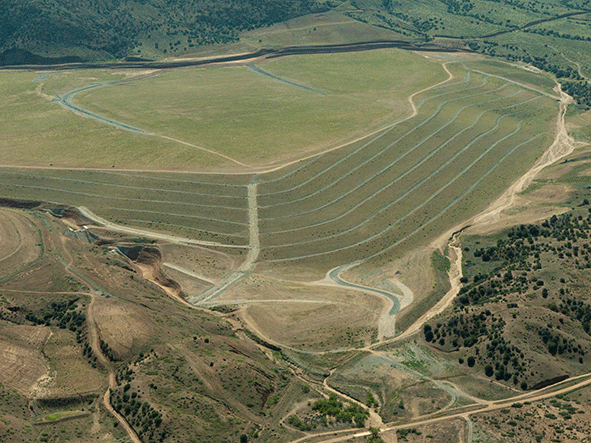Today, rehabilitation proposals and plans are developed well before the commencement of construction of modern mines. These plans are mandated by government regulators, the financiers of the mine, shareholders and stakeholders alike. In preparing these plans, the advice and skill of a large range of experts, including soil scientists, hydrologists, engineers, aquatic biology and water quality specialists are sought.
Where possible, mines are progressively rehabilitated throughout the mine life as opposed to only after mine closure. Generally speaking while some areas can be rehabilitated on a progressive basis while the mine is operating, others cannot be rehabilitated until mining is complete. For most jurisdictions, each year, a Rehabilitation and Closure Plan is prepared to describe the proposed method of rehabilitation and closure of the site. The overall objective of this plan is:
To ensure rehabilitation and closure of the site in such a manner that in the long term the site, and any structures on it, will remain stable; and any water discharging from the site, and any groundwater under the site, will be of a quality such that it will not adversely affect aquatic life, or other users of the water resource.
Such plans describe the proposed method of final rehabilitation and closure that would be carried out in the unlikely event that the site closed sooner than expected. It includes an assessment of any residual risk that the site could potentially pose to the environment and the neighbouring community should early closure occur. It also includes a programme of monitoring and maintenance that would be necessary at the closed site in the foreseeable future.Prior to opening a mine, most jurisdictions require the posting of bonds sufficient to cover the costs that would be incurred in carrying out the mine closure rehabilitation and monitoring work. Today the the requirement of society reflected by stakeholders, financiers, government and shareholders, in the form of the combination of the Rehabilitation and Closure Plan and the bonds, ensures that rehabilitation and closure of the site will occur under all circumstances, and that the costs associated with both the rehabilitation of the land and its long term management will be met, with no cost to the taxpayer.





















